Home>Garden Essentials>How Long Does It Take For Dahlias To Bloom From Seed
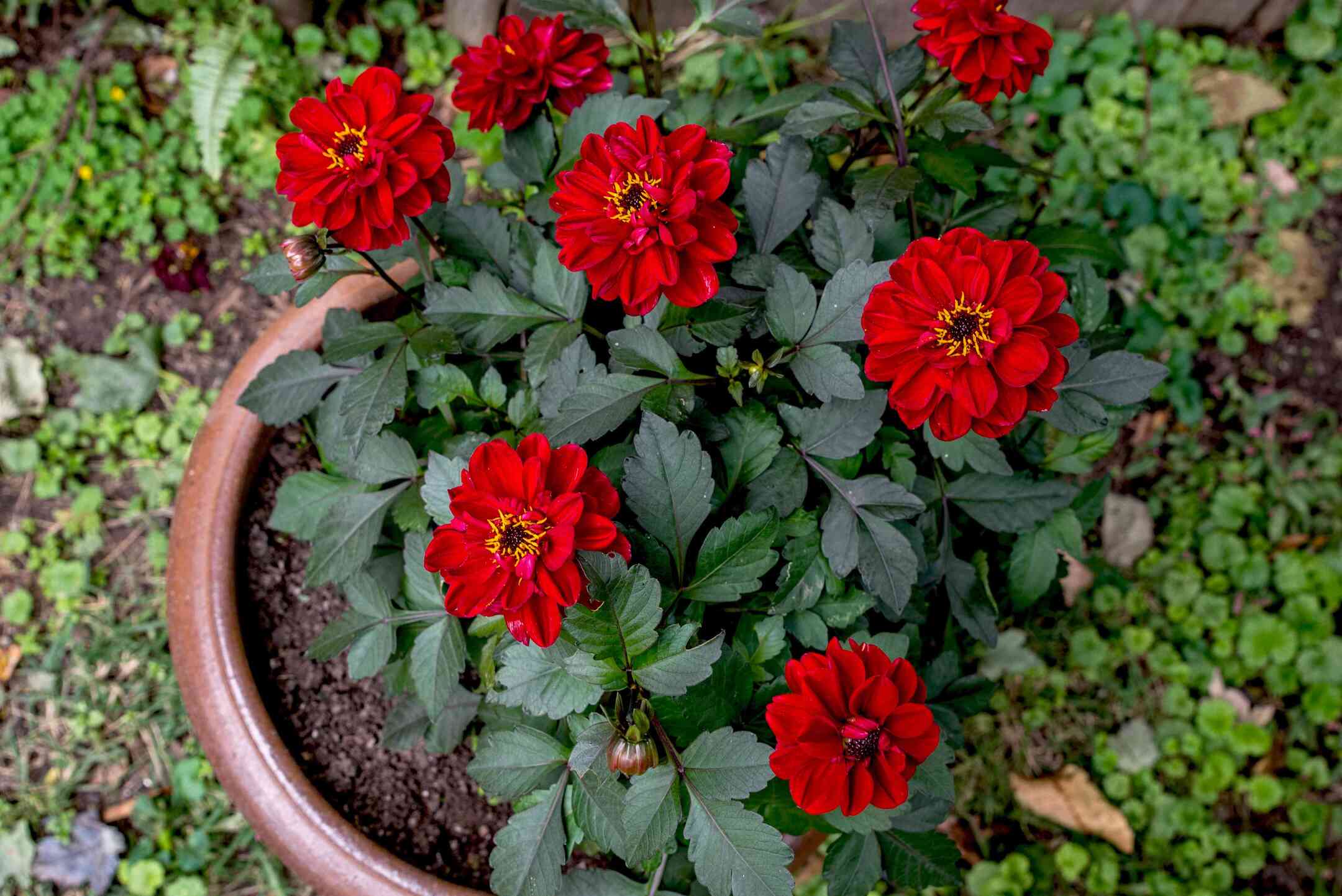

Garden Essentials
How Long Does It Take For Dahlias To Bloom From Seed
Modified: March 16, 2024
Discover how long it takes for dahlias to bloom from seed in your garden. Plan ahead for a beautiful display of vibrant flowers with our expert gardening tips.
(Many of the links in this article redirect to a specific reviewed product. Your purchase of these products through affiliate links helps to generate commission for Storables.com, at no extra cost. Learn more)
Introduction
Welcome to the world of dahlias – beautiful flowering plants known for their vibrant colors and stunning blooms. If you’re new to gardening and want to grow dahlias from seed, you may be wondering how long it takes for them to bloom. Well, you’ve come to the right place.
While dahlias are typically grown from tubers or clippings, starting them from seed can be a rewarding process for those looking for a budget-friendly option or who enjoy the thrill of nurturing a plant from its earliest stages. However, it’s important to note that growing dahlias from seed requires patience and careful attention throughout the entire growth cycle.
In this article, we will explore the various factors that can affect the time it takes for dahlias to bloom from seed. We will also delve into the germination process, discuss the timeframe for seed germination, provide tips on caring for dahlia seedlings, and touch upon the progression of dahlia growth stages. So, let’s dig in and discover how you can successfully grow dahlias from seed.
Key Takeaways:
- Growing dahlias from seed requires patience and attention, but it’s a magical journey. Understand the factors affecting blooming time and provide proper care to nurture vibrant and healthy dahlias.
- From germination to blooming, each stage of dahlia growth is unique and rewarding. Embrace the beauty of the process and enjoy the stunning blooms in your garden.
Factors Affecting the Time for Dahlias to Bloom from Seed
The time it takes for dahlias to bloom from seed can vary depending on several factors. Understanding these factors can help you set realistic expectations and take appropriate steps to optimize the growth and flowering process. Here are the key factors that influence the time it takes for dahlias to bloom from seed:
Variety of Dahlia: Different dahlia varieties have varying growth rates and bloom times. Some varieties may bloom earlier than others, while certain types may take longer to mature. When selecting dahlia seeds, be sure to consider the average bloom time for the chosen variety.
Seed Quality and Viability: The quality of the dahlia seeds plays a crucial role in germination and subsequent blooming. Fresh, high-quality seeds are more likely to germinate quickly and produce healthy plants. It’s recommended to purchase seeds from reputable sources or save seeds from your own healthy plants.
Environmental Conditions: The environmental conditions in which you grow your dahlias can significantly impact their growth rate and blooming time. Factors such as temperature, sunlight exposure, humidity, and soil quality can either promote or hinder the germination and growth process. Dahlias thrive in well-drained soil with full sun exposure.
Seed Preparation and Treatment: Some gardeners employ certain seed treatments, such as scarification or soaking, to improve germination rates and reduce the time it takes for seeds to sprout. These treatments help break down seed dormancy and can accelerate the germination process. However, it’s important to follow specific instructions for each treatment method and exercise caution to avoid damaging the seeds.
Cultural Practices: Proper cultural practices play a vital role in the growth and development of dahlias. Providing adequate water, nutrients, and care throughout the seedling stage can help promote healthy growth and shorten the time to bloom. Avoid overwatering or underwatering the seedlings, as these extremes can lead to stunted growth or unsuccessful germination.
Planting Time: The time of year you start your dahlia seeds can also impact the blooming time. It’s essential to consider the local climate and planting guidelines for dahlias in your region. Starting the seeds indoors or in a controlled environment before transplanting them outdoors when the weather is favorable can help ensure a timely blooming period.
By taking into account these factors and making appropriate adjustments, you can optimize the conditions for your dahlia seeds and increase the likelihood of earlier and abundant blooming.
Germination Process of Dahlia Seeds
The germination process is a crucial step in the journey of growing dahlias from seeds. Understanding the germination process will help you provide the right conditions and care for your dahlia seedlings. Here’s a breakdown of the germination process of dahlia seeds:
Seed Preparation: Before sowing dahlia seeds, it’s recommended to prepare them for optimal germination. Some gardeners scarify the seeds by lightly scratching the seed coat or soaking them in water overnight. This process can help break seed dormancy and increase germination rates. However, not all dahlia seeds require scarification, so it’s important to research the specific requirements of your chosen variety.
Sowing: Start by filling seed trays or pots with moistened seed-starting mix. Place one or two dahlia seeds on top of the soil in each container, gently pressing them into the surface. Cover the seeds with a thin layer of soil, about 1/8 inch deep, and mist the soil lightly with water to ensure moisture.
Temperature and Moisture: Maintaining the right temperature and moisture levels is crucial for successful germination. Provide a warm and consistent temperature of around 70-75°F (21-24°C) for optimal seedling growth. Use a plastic cover or dome to create a greenhouse-like environment that helps retain moisture. However, ensure good ventilation to prevent mold or damping-off of seedlings.
Germination Timeframe: Under ideal conditions, dahlia seeds usually germinate within 7-14 days. However, germination can take longer depending on various factors, such as seed quality and environmental conditions. Be patient and monitor the seed trays regularly for any signs of germination.
Transplanting: Once the seedlings have developed two sets of true leaves, it’s time to transplant them into individual pots or into the garden if the outdoor conditions are favorable. Handle the delicate seedlings with care, ensuring minimal disturbance to the roots.
The germination process of dahlia seeds is an exciting phase, filled with anticipation and the promise of new life. By providing the right conditions and attentive care, you can encourage healthy germination and set the stage for the growth and eventual blooming of your dahlias.
Timeframe for Dahlia Seed Germination
The timeframe for dahlia seed germination can vary depending on several factors, including the variety of dahlia, seed quality, and environmental conditions. While there is no fixed timeline for germination, understanding the general timeframe can help you plan and monitor the progress of your dahlia seeds. Here’s an overview of the typical timeframe for dahlia seed germination:
Day 1-7: After sowing the dahlia seeds, they will absorb moisture from the soil and begin the swelling process. During this initial stage, the seeds are preparing for germination by breaking through their hard outer coat.
Day 7-14: Most dahlia seeds will begin to germinate within this timeframe. You may start to notice tiny root radicles emerging from the seeds as they push their way through the soil. These radicles are the first sign that germination has started.
Day 14-21: By this stage, the dahlia seeds will have developed small sprouts or shoots above the soil line. The shoots will begin to elongate and grow their first set of true leaves. At this point, the seedlings are establishing themselves and preparing for further growth.
Day 21 onwards: As the days progress, the dahlia seedlings will continue to grow and develop. They will develop additional sets of leaves and stems, becoming more robust and mature. Eventually, the seedlings will be ready for transplanting into individual pots or into the garden if the outdoor conditions are suitable.
It’s important to note that the timeframe mentioned above is a general guideline. Actual germination times may vary depending on the specific dahlia variety, seed quality, and environmental conditions. Some seeds may take longer to germinate, while others may sprout earlier, so it’s essential to exercise patience and continue to provide the optimal conditions for germination.
Regularly monitoring the progress of your dahlia seeds and adjusting the environmental conditions, such as temperature and moisture levels, can help support healthy and timely germination. Remember that every seedling is unique, and it’s the journey of nurturing them that makes the process rewarding.
Dahlias grown from seed will typically take about 120-150 days to bloom. To speed up the process, you can start the seeds indoors 6-8 weeks before the last frost date in your area. Keep the soil consistently moist and provide plenty of sunlight for healthy growth.
Caring for Dahlia Seedlings
Caring for dahlia seedlings is a critical aspect of their growth and development. Providing the right care and conditions will help ensure that the seedlings thrive and eventually transform into healthy, blooming plants. Here are some essential tips for caring for your dahlia seedlings:
Watering: Proper watering is crucial for the health of dahlia seedlings. Keep the soil consistently moist but not waterlogged. Avoid overwatering, as it can lead to root rot, damping-off, and other fungal diseases. Water the seedlings gently and evenly, allowing the water to penetrate the soil and reach the roots.
Light and Temperature: Place your dahlia seedlings in a location with bright, indirect light. Aim for around 14-18 hours of light per day to promote healthy growth. Maintain an optimal temperature range of 65-75°F (18-24°C) during the day and slightly cooler temperatures at night. Avoid exposing the seedlings to extreme heat or cold drafts.
Fertilization: Once the seedlings have developed their first set of true leaves, you can start fertilizing them. Use a balanced, water-soluble fertilizer diluted to half strength. Apply the fertilizer every two weeks or as directed on the package. Avoid overfertilization, as it can lead to nutrient burn or stunted growth.
Support and Pruning: As the dahlia seedlings grow taller, provide support to prevent them from bending or toppling over. You can use stakes or plant supports to keep the seedlings upright. Additionally, pinch or prune the seedlings when they have developed several sets of leaves to encourage branching and fuller growth.
Transplanting: Once the dahlia seedlings have grown strong and have developed at least two sets of true leaves, they can be transplanted into individual pots or into the garden. Handle the seedlings with care to avoid damaging the roots. Plant them at the same depth they were in the seed trays and water thoroughly after transplanting.
Pest and Disease Control: Monitor your dahlia seedlings regularly for any signs of pests or diseases. Common pests that may affect dahlia seedlings include aphids, slugs, and snails. Use organic pest control methods or insecticidal soaps to mitigate infestations. Proper sanitation and good air circulation can also help prevent diseases like powdery mildew.
Observation and Adjustment: Pay close attention to your dahlia seedlings’ growth and appearance. Observe for any signs of stress, nutrient deficiencies, or overwatering. Adjust the care and conditions accordingly to address any issues that arise. Regular monitoring and adjustment will help ensure optimal health and growth.
By providing the right care, attention, and conditions, you can nurture your dahlia seedlings into strong, healthy plants ready to produce beautiful blooms. Remember to enjoy the process and take pride in every step of tending to your dahlia seedlings.
Progression of Dahlia Growth Stages
Watching your dahlia seedlings grow and progress through different stages is an exciting and rewarding journey. Understanding the progression of dahlia growth stages can help you anticipate what to expect and provide proper care at each phase. Let’s take a closer look at the key growth stages of dahlias:
Seed Germination Stage: This is the initial stage where the dahlia seeds absorb moisture and begin to break through their hard outer coat. The germination stage typically lasts around 7-14 days, although it can vary depending on the variety and environmental conditions.
Seedling Stage: After germination, the dahlia seedlings will emerge from the soil with small sprouts or shoots. They will develop their first set of true leaves, which are different from the initial cotyledon leaves. This stage usually lasts a few weeks, during which the seedlings will establish themselves and strengthen their root systems.
Vegetative Growth Stage: As the seedlings continue to grow, they will enter the vegetative growth stage. During this period, the dahlia plants will produce more leaves and stems, becoming fuller and bushier. The seedlings will continue to develop additional sets of true leaves, and the plants will focus on building strong root systems.
Pre-Flowering Stage: This stage marks the transition from vegetative growth to the preparation for flowering. As the dahlia plants mature, they will produce more branches and develop bud formations. The plants will continue to grow taller and fuller, and you may notice the formation of small leafy buds at the top of the stems.
Flowering Stage: This is the most anticipated stage for dahlia growers – the moment when the plants burst into a beautiful array of blooms. The flowering stage can vary depending on the dahlia variety, but it typically occurs during the summer months. The plants will produce vibrant and intricate flower heads in various shapes, sizes, and colors.
Post-Flowering Stage: After enjoying the stunning blooms, dahlia plants will enter the post-flowering stage. During this period, the plants will focus on seed production as the spent flowers turn into seed heads. It’s essential to remove the spent blooms or deadhead them to encourage continuous blooming throughout the season.
Dormant Stage: In regions where winters are cold, dahlias will enter a dormant stage. As the weather cools, the plants will die back, and the foliage will turn brown. At this point, it’s important to dig up the tubers, allow them to dry, and store them in a cool, dark place to protect them from frost.
By understanding the progression of dahlia growth stages, you can appreciate the beauty and intricacy of the plant’s life cycle. Each stage brings unique characteristics and requires specific care. By providing the appropriate care and attention, you can enjoy a season filled with abundant dahlias.
Final Thoughts and Conclusion
Growing dahlias from seed can be a rewarding and fulfilling experience. While it requires patience and attention, the journey from seed to bloom is nothing short of magical. By understanding the factors that affect the time it takes for dahlias to bloom from seed, the germination process, caring for the seedlings, and the progression of growth stages, you’ll be well-equipped to nurture your dahlias with success.
Remember that each dahlia variety is different, and the timeframe for blooming can vary. It’s important to select high-quality seeds, provide optimal growing conditions, and exercise patience throughout the entire process. By paying attention to the needs of your dahlia seedlings and adjusting care as necessary, you can support their growth and development.
Water the seedlings properly, provide adequate light and temperature, and fertilize as needed to ensure healthy growth. Additionally, offer support to the seedlings as they grow taller and prune them to encourage branching and fullness.
With time, your dahlia seedlings will progress through germination, seedling, vegetative growth, and eventually reach the flowering stage. Enjoy the stunning blooms that dahlias are known for and take pride in the journey you’ve undertaken to cultivate these beautiful plants.
After the flowering stage, the dahlia plants will enter the post-flowering stage and, ultimately, the dormant stage in colder climates. Properly preserving and storing the tubers will ensure their survival for future seasons.
In conclusion, growing dahlias from seed is a fulfilling and rewarding process. By understanding the factors influencing blooming time, providing the right care throughout the growth stages, and embracing the beauty of each phase, you can cultivate vibrant and healthy dahlias that will bring joy and beauty to your garden.
So, roll up your sleeves, get your hands dirty, and embark on your journey to grow dahlias from seed. With dedication, care, and a little bit of luck, you’ll be rewarded with a glorious display of colorful blooms that will make all your efforts worthwhile.
Frequently Asked Questions about How Long Does It Take For Dahlias To Bloom From Seed
Was this page helpful?
At Storables.com, we guarantee accurate and reliable information. Our content, validated by Expert Board Contributors, is crafted following stringent Editorial Policies. We're committed to providing you with well-researched, expert-backed insights for all your informational needs.
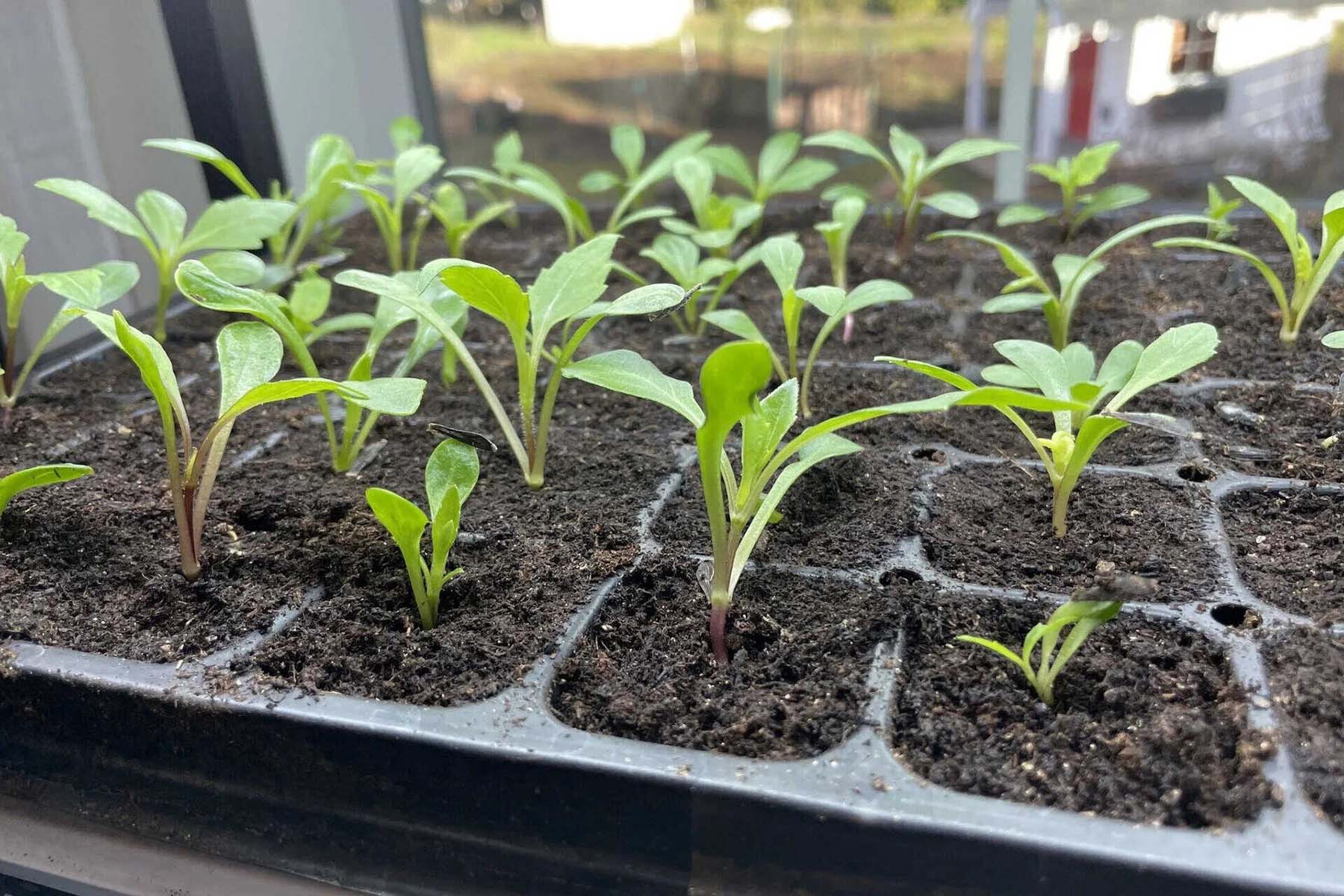
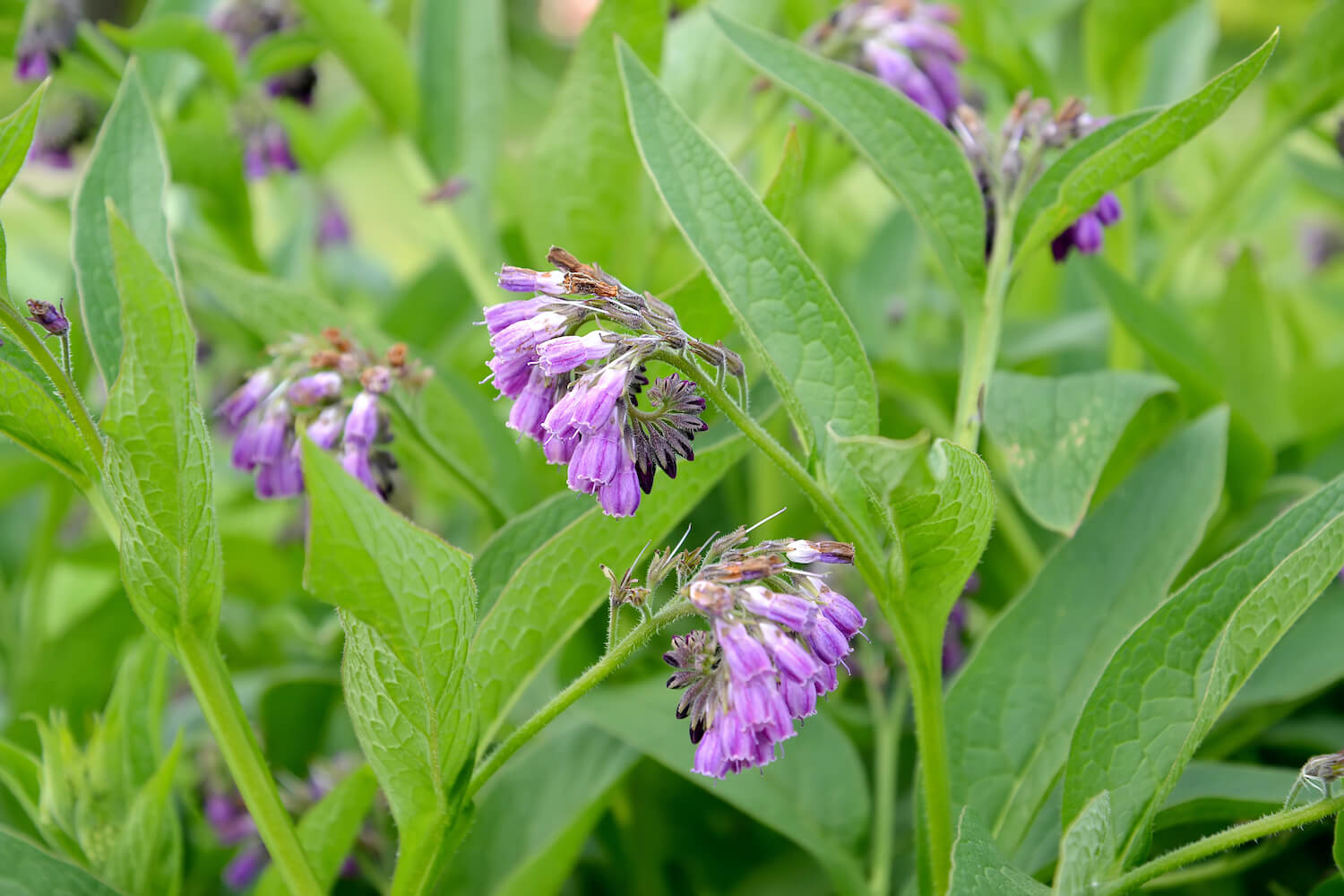
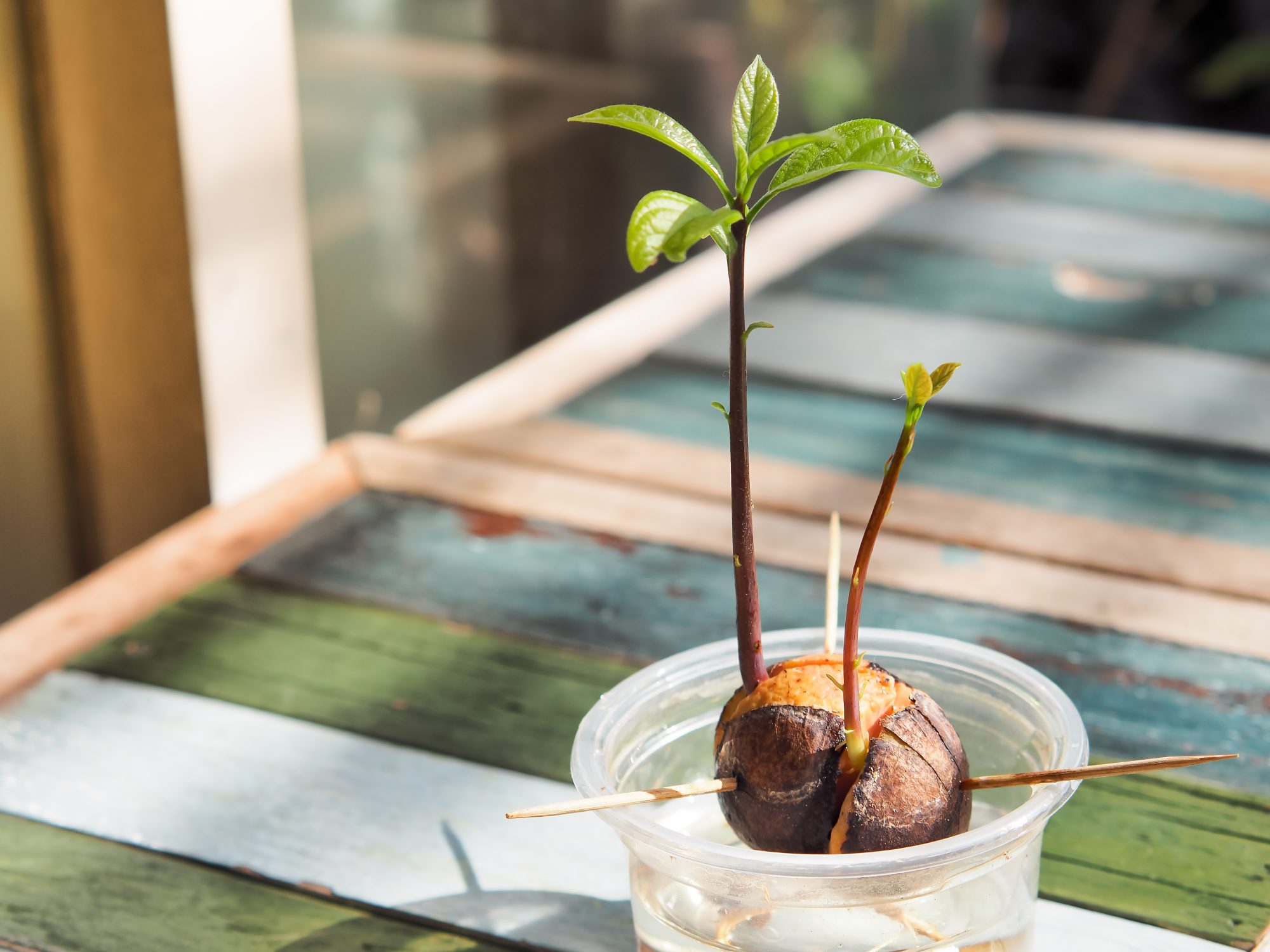
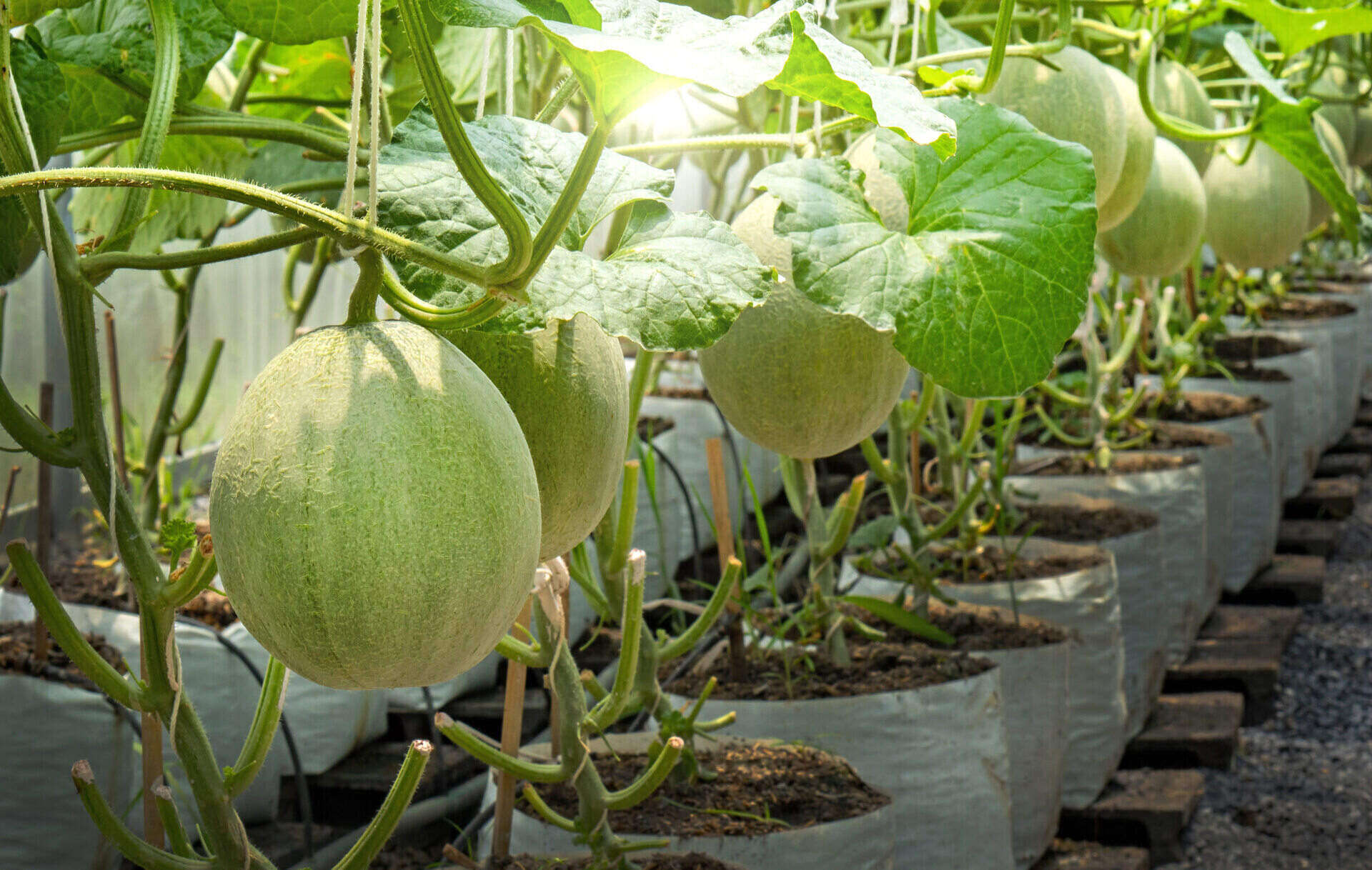
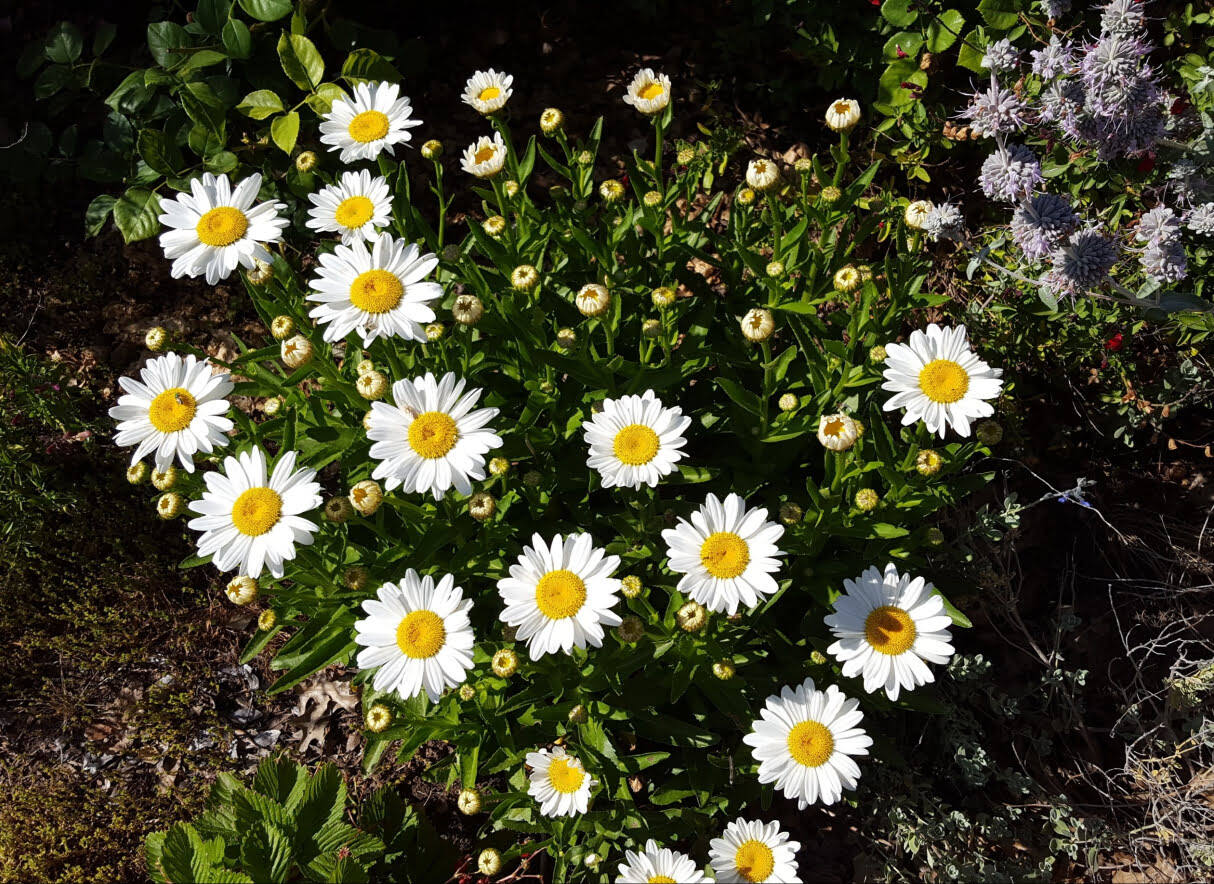
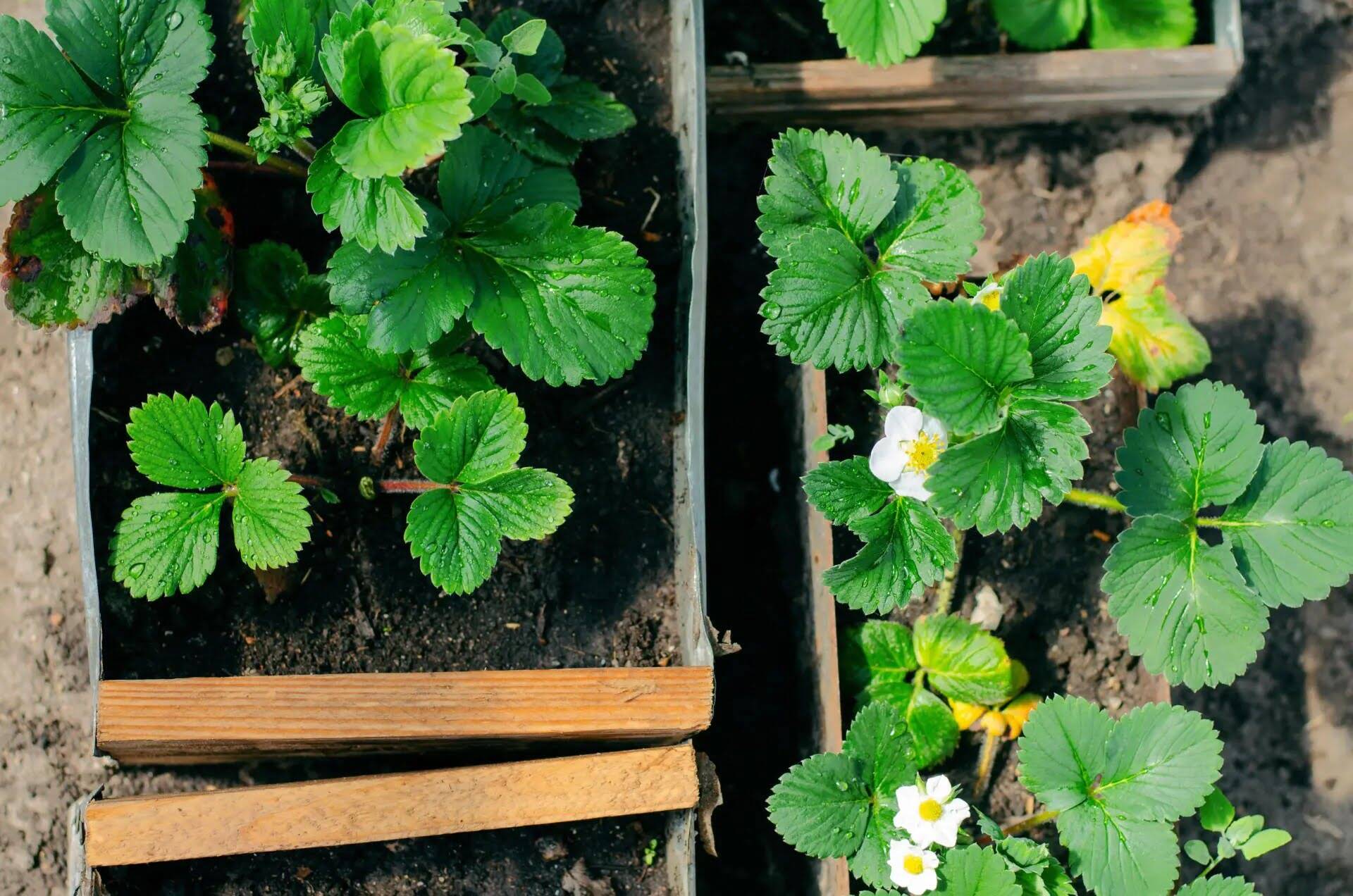
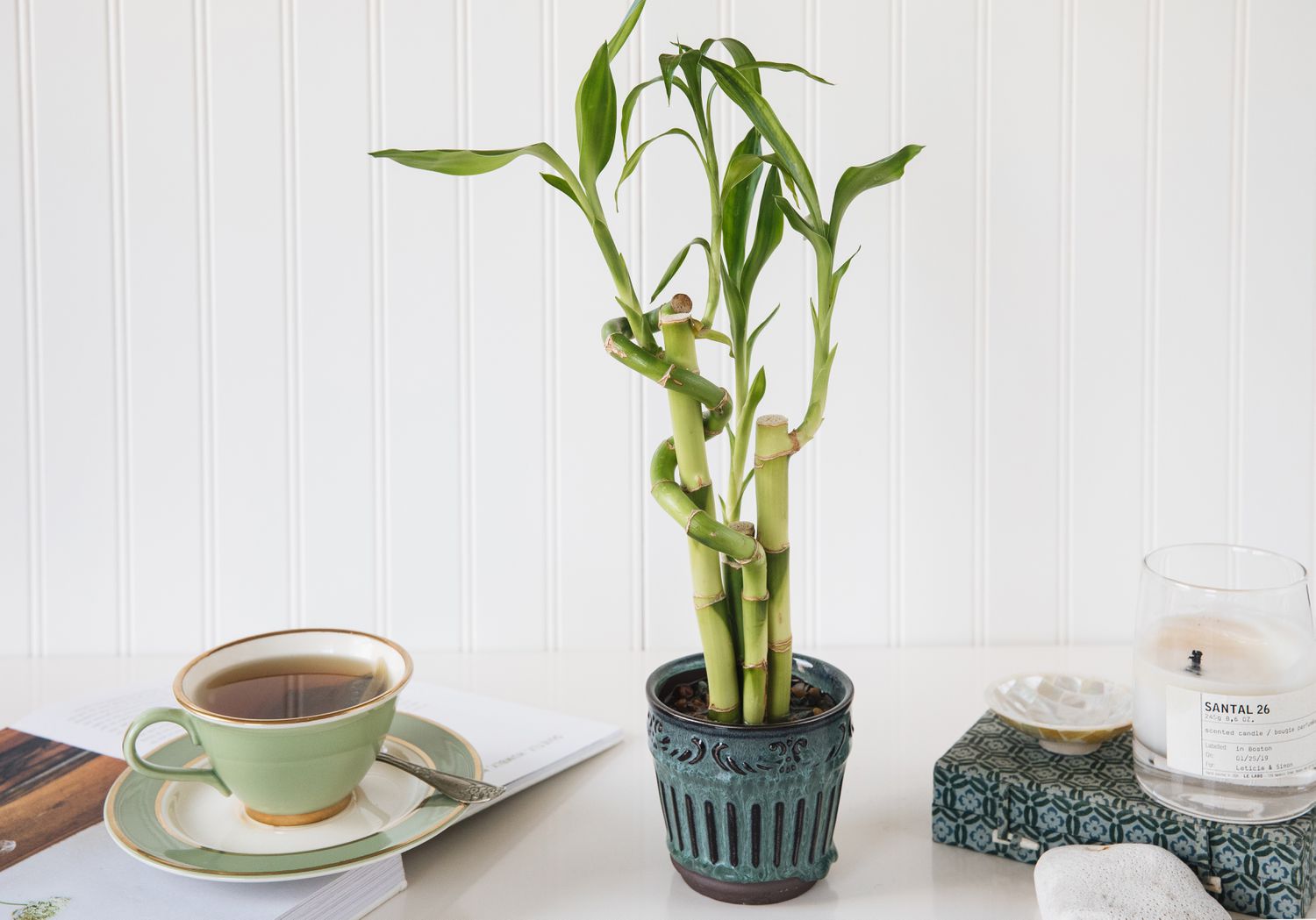
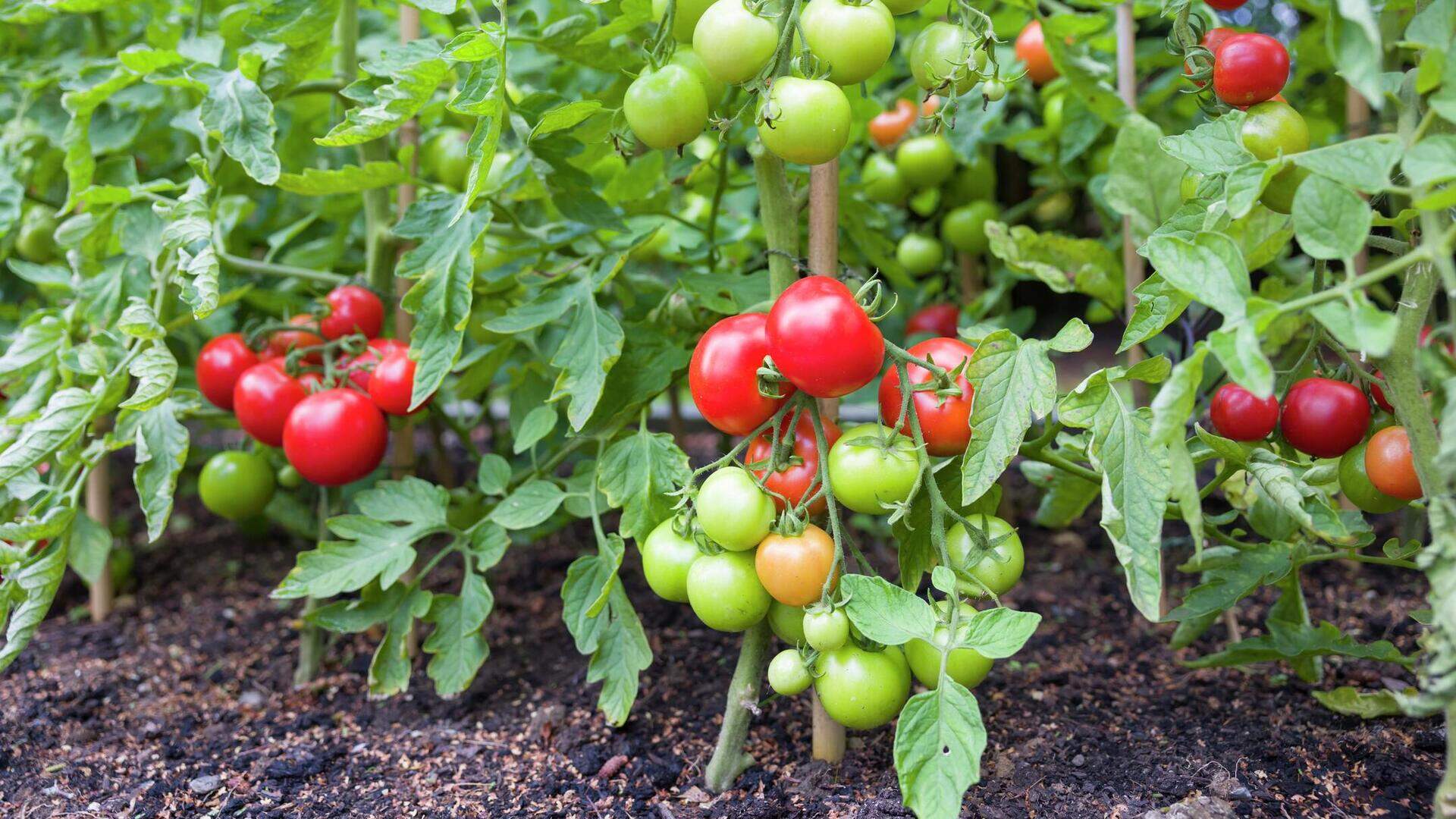
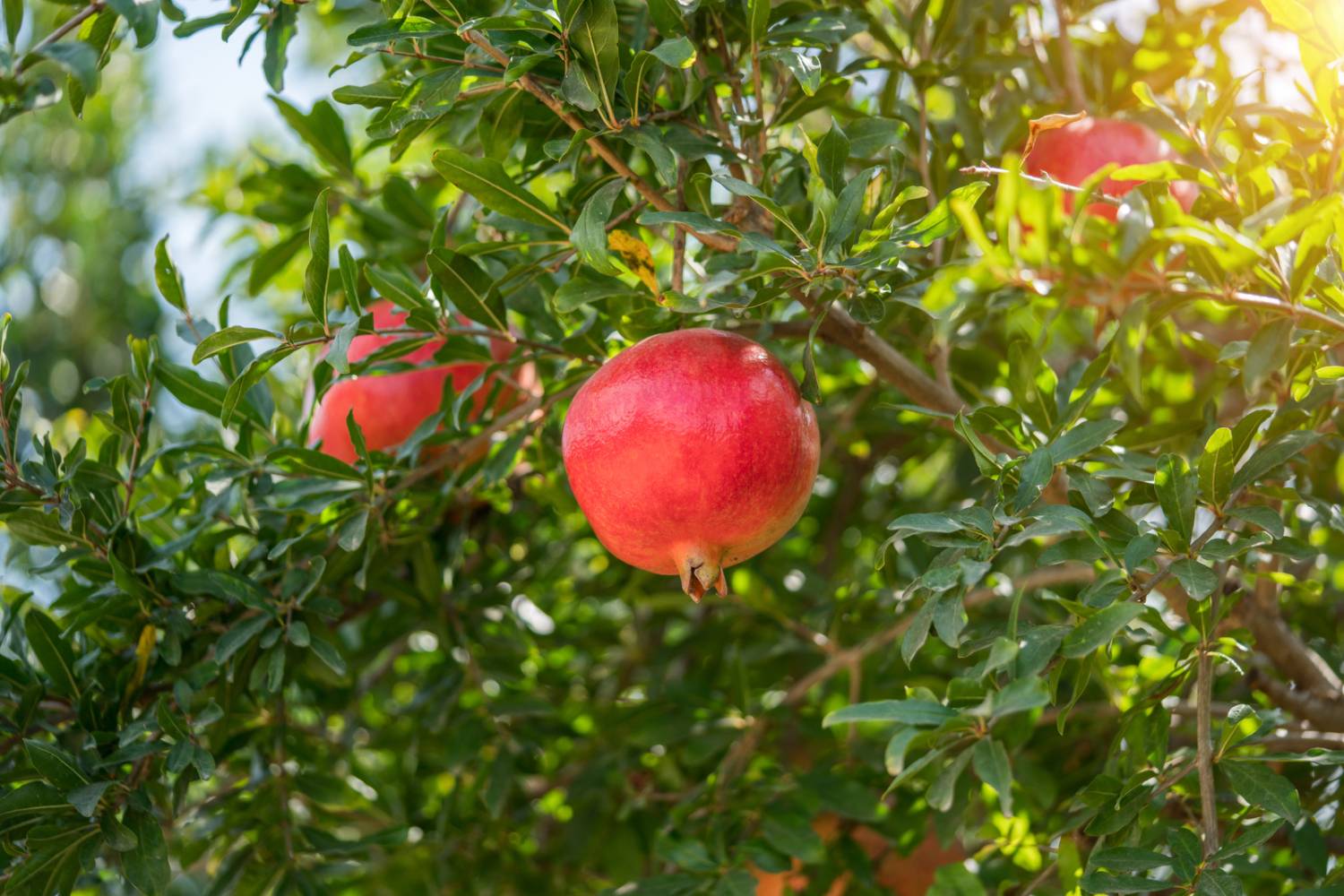
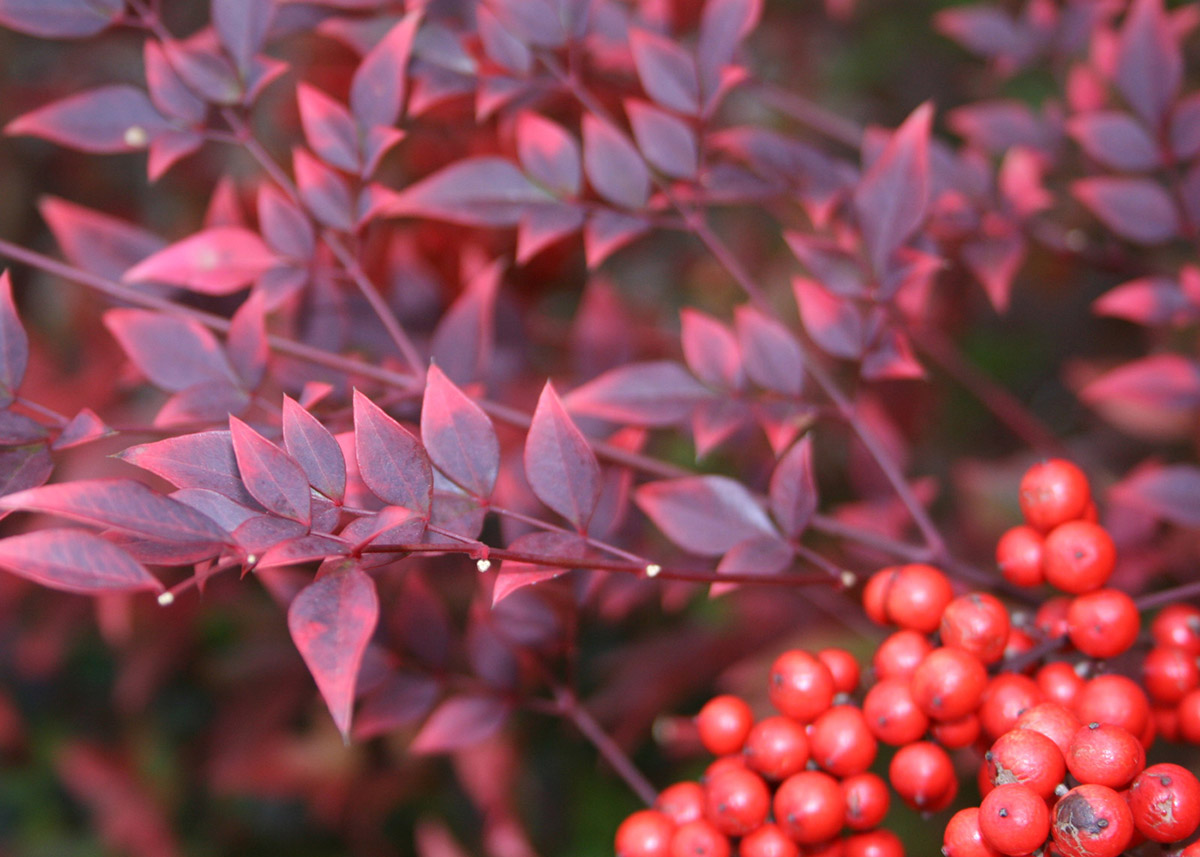
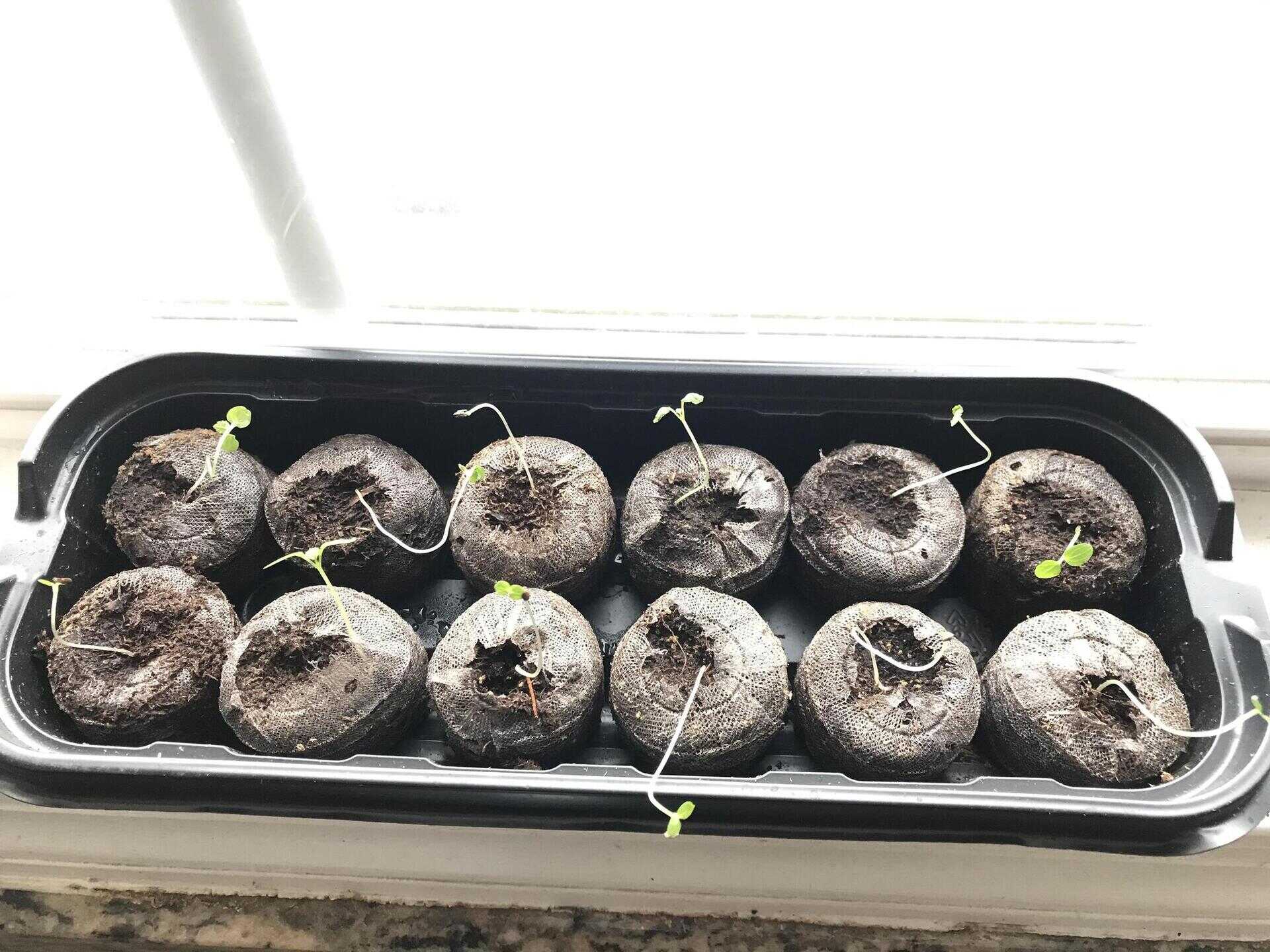
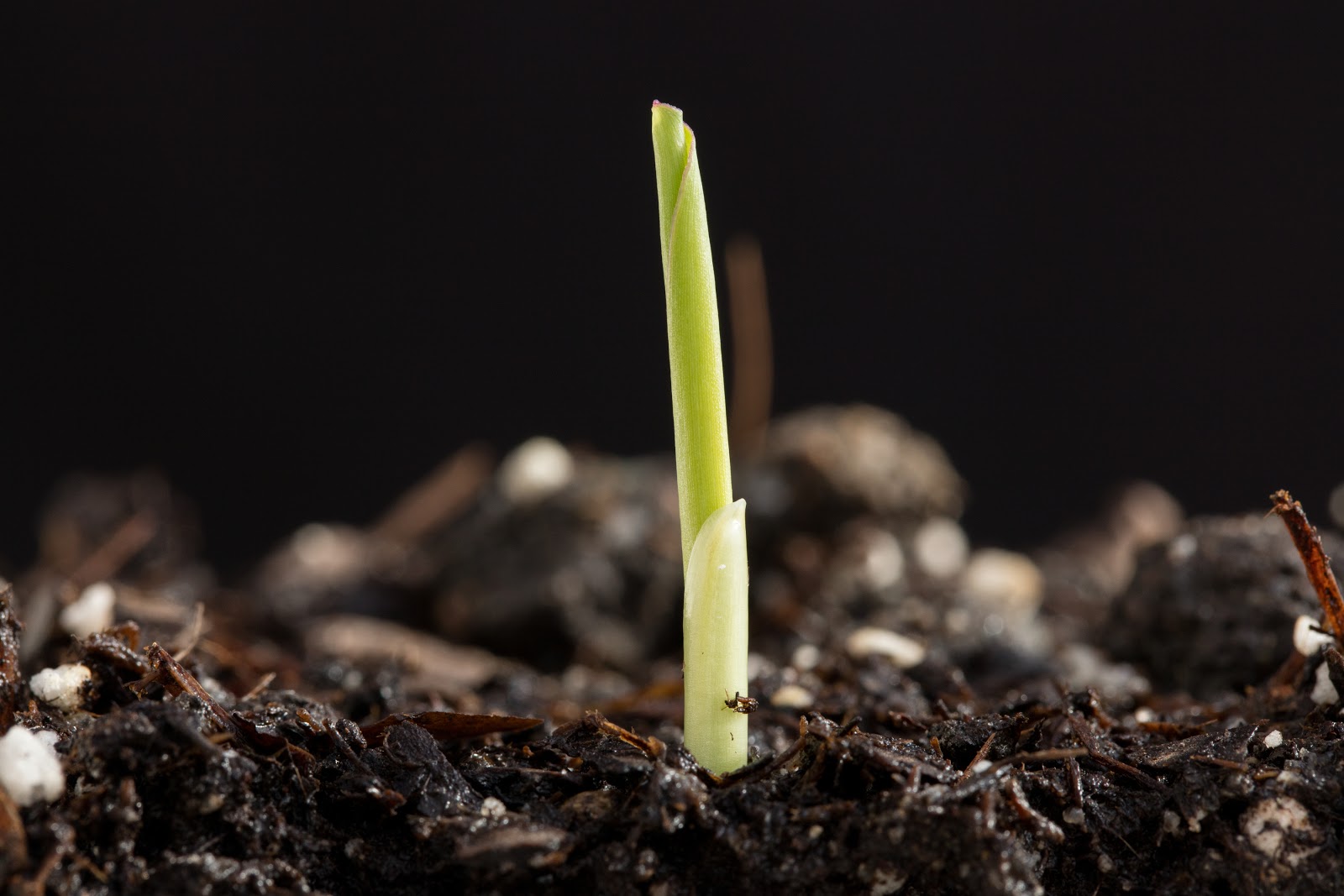
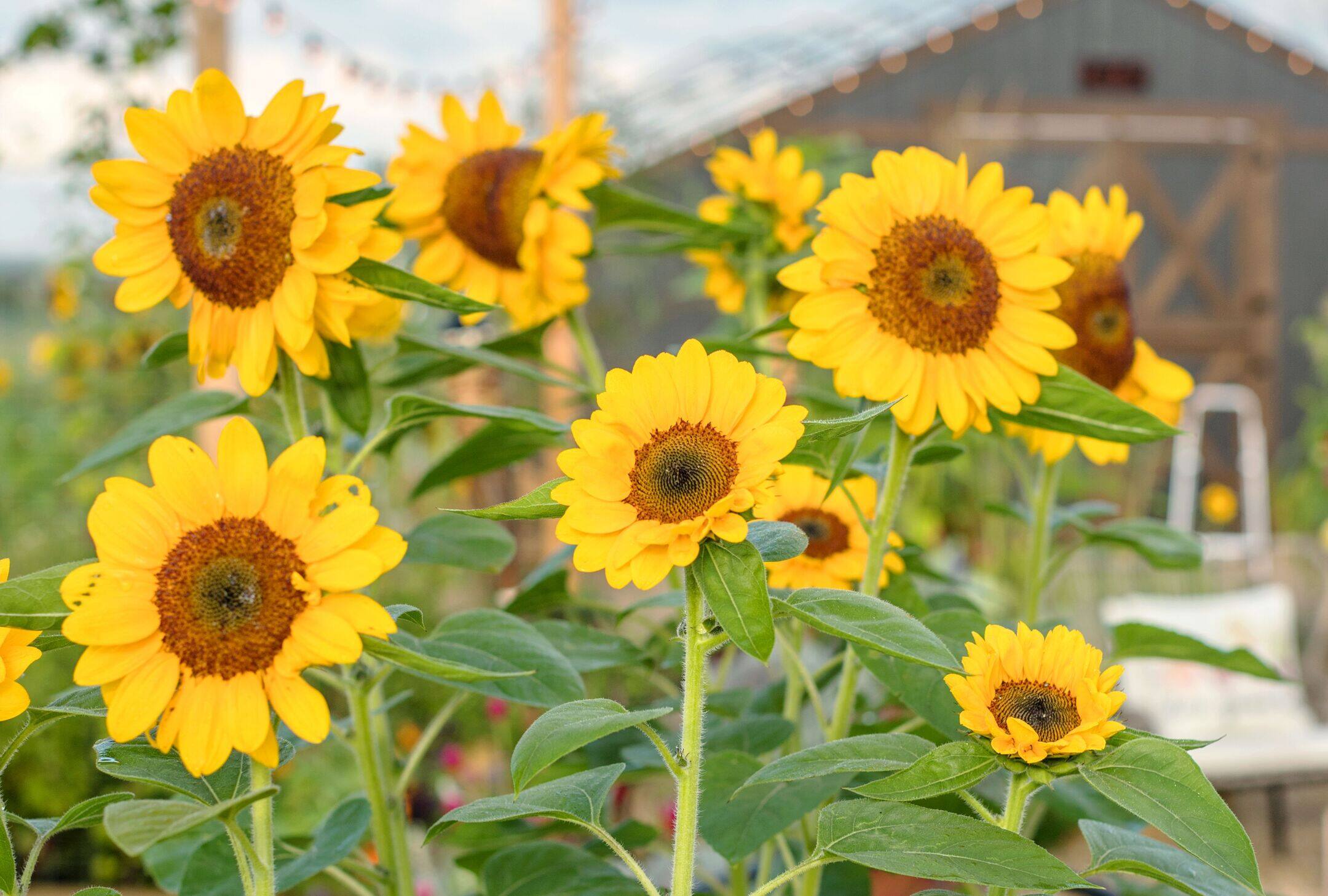
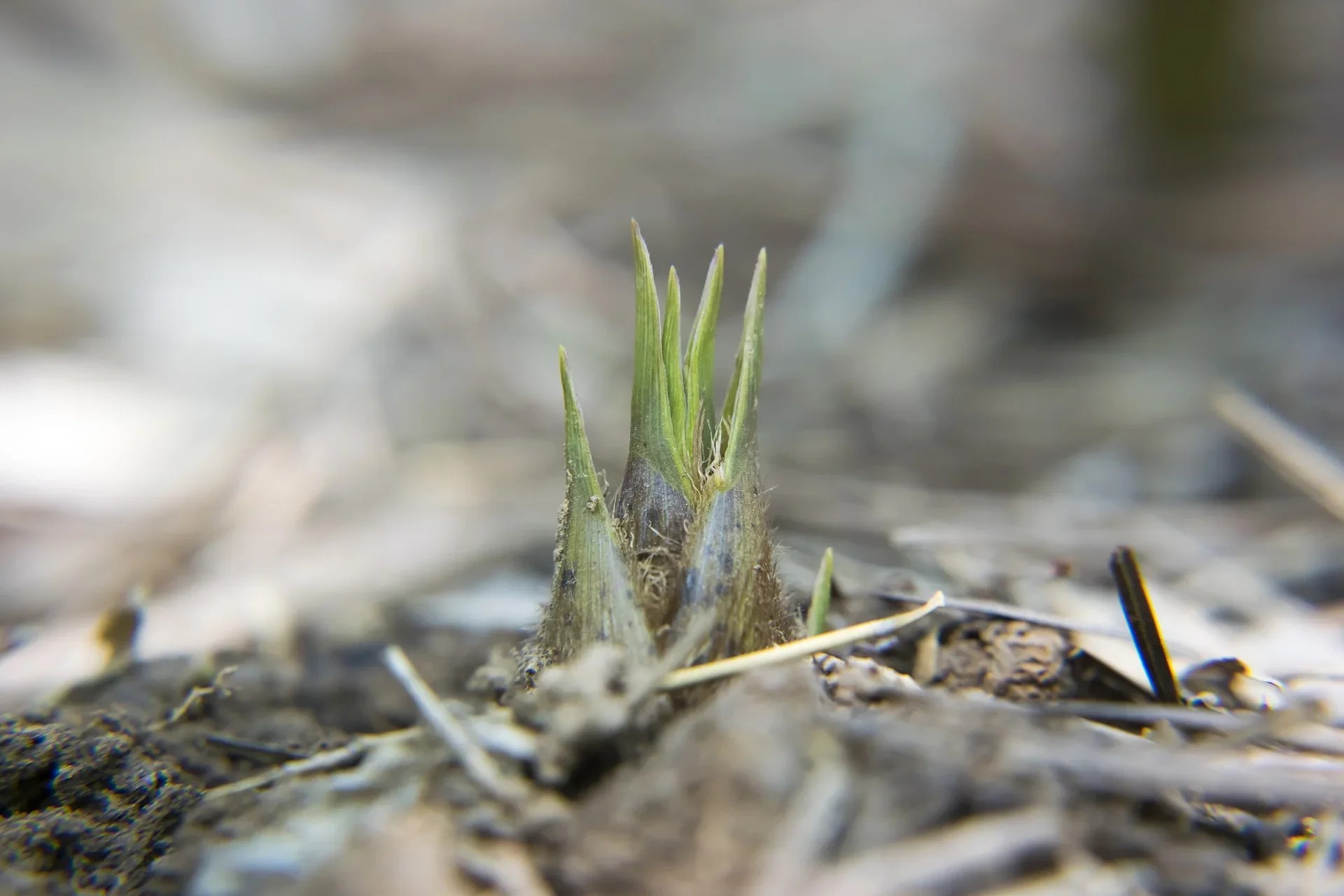

0 thoughts on “How Long Does It Take For Dahlias To Bloom From Seed”